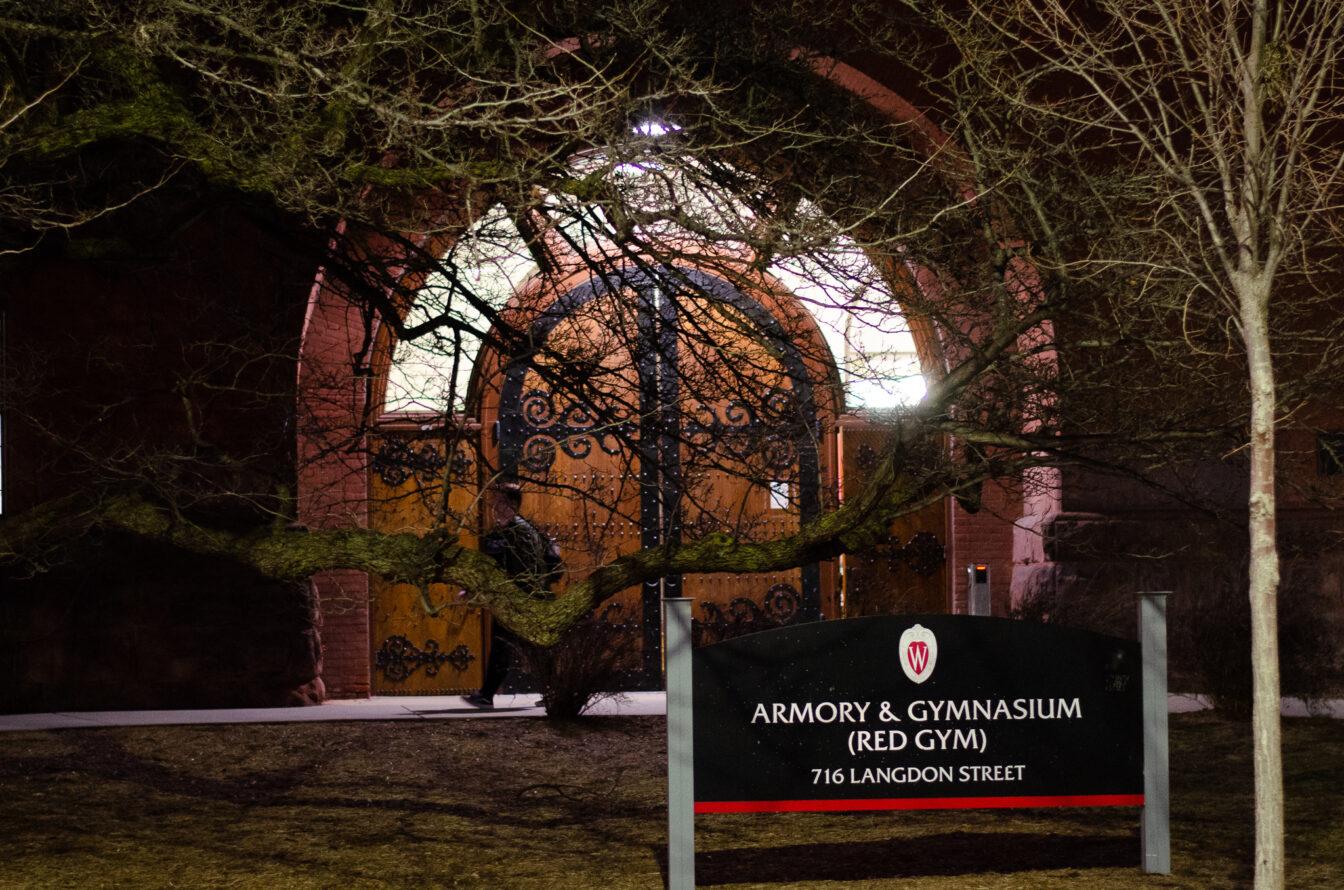Replacement parts and new technologies needed in deep space may only be a print job away if an interdisciplinary team of University of Wisconsin undergraduates succeeds in designing and constructing a collapsible 3-D printer for use on manned, zero gravity space explorations like those of the International Space Station.
The Badger Compartmentalized Onboard Material Extrusion Technology project is one of seven projects selected to participate in the NASA Exploration Habitat 2014 Academic Innovation Challenge, according to the NASA website.
The design team, assisted by faculty adviser to the project engineering professor Fred Elder and graduate student Ryan Knippel, submitted a proposal for a 3-D collapsible printer and was selected to participate in the challenge this past summer.
The development of additive manufacturing systems has piqued the interest of both academia and industry for decades, and the concept of a collapsible 3-D printer makes it ideal for applications of rapid design in deep space, Steve Wishau, design team member and head of the Badger COMET team’s outreach program, said.
A 3-D printer in deep space could revolutionize space habitats by allowing crew members to produce replacement parts and new technologies on demand, he said.
As with most engineering feats, the Badger COMET team needed to become experts in a specific field, in this case that of 3-D printing technologies, which have been on the market for more than 10 years, Wishau said.
“The project is new to the team and the implementation of the technology is new to NASA and most of the rest of the technical world,” Elder said. “Hence, this is no problem.”
Additive manufacturing, or 3-D printing, technologies build a 3-D solid object from a digital model. The team chose a technique of fused deposition modeling for its 3-D printer in which a chamber inside the printer head melts and forms layers of plastic onto a printing surface, Wishau said. The technique can be compared to a highly accurate glue gun, he said.
So far, no space mission has used a 3-D printer, but a space manufacturing company called Made in Space and NASA hope to launch the first 3-D printer into space for use on the ISS in 2014, Wishau said. For now, however, the UW design team will continue to focus on its own project, he said.
“The lab is where we all live,” Wishau said. “It began that way during the senior design courses, and we haven’t looked back since.”
In the design, the team has to consider issues related to both safety and volume because the usable living space on a deep space habitat like the ISS is small, and every square inch of space is vital to the operation and maintenance of the habitat, Wishau said.
The team is currently preparing to review the schematic design of the 3-D printer, and they are still searching for the appropriate design to move forward, Elder said.
“[3-D collapsible printer technology] will be one of the basics in a future ‘shop in space’ where tools and flight hardware can be repaired, refurbished, or replicated,” Elder said. “The ‘shop in space’ will be an absolute requirement for any substantial manned space flight; hence, this is a gateway project for lengthy manned space missions.”
NASA, local Madison companies, the UW Space Sciences and Engineering Center, the Wisconsin Space Grant Consortium, the Mechanical Engineering and Engineering Physics Departments, Bjorksten | bit 7, the UW Mechatronics Laboratory, the Wisconsin Institutes for Discovery and the Wisconsin Structures and Materials Testing Laboratory have all offered their support for Badger COMET.
UW is no stranger to the academic challenge. In 2011, a team from UW won the NASA challenge with their prototype of a climate-controlled habitat, which could house four crew members for several days.
The design team ideally would like to continue this trend and hopes to send to NASA a prototype of the collapsible 3-D printer by the end of spring semester.
















